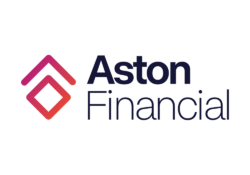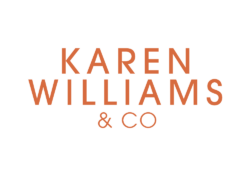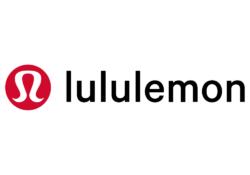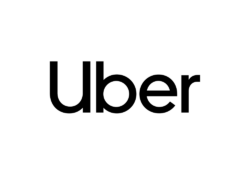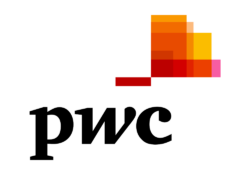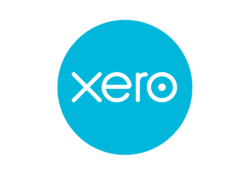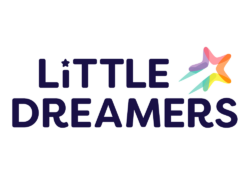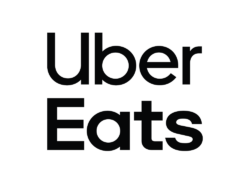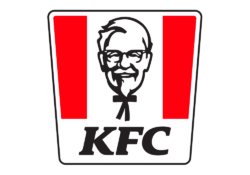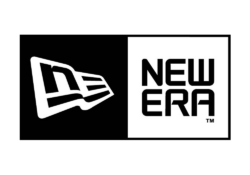Embracing the Evolution: The Future of Work Beyond the Old Office
The world of work is undergoing a profound transformation, with the traditional full-time in-office model rapidly becoming a thing of the past. As the workplace landscape evolves, two primary contenders have emerged as the new normal: hybrid work and fully remote work.
These adaptable work models have proven their worth, signalling the end of the monotonous five-day office grind.
In a groundbreaking meta-analysis conducted by Nick Bloom at Stanford University, a leading expert on flexible work models, it was revealed that the conventional full-time in-office approach is far from ideal for modern knowledge-based schedules. The pandemic acted as a catalyst, propelling organisations to experiment with alternative work arrangements, and the results have been nothing short of transformative.
A Shift in the Paradigm
Gone are the days when full-time in-office work was the undisputed norm. The pandemic acted as a meteor that led to the extinction of this outdated approach. In its wake, hybrid and fully remote work models emerged as the resilient survivors, offering a dynamic and flexible way of operating in the new world of work.
The Power of Hybrid Work
The hybrid work model, combining both in-person collaboration and remote individual work, has proven to be a game-changer for numerous industries. This approach caters to professionals and managers, particularly in sectors like tech and finance, where tasks can be executed remotely, yet the value of face-to-face brainstorming sessions remains significant.
Critical factors give hybrid work a competitive edge over its predecessors: productivity, employee happiness, cost savings, and talent retention.
Productivity Boost
Hybrid work isn’t just a buzzword; it’s a productivity enhancer. Research indicates that a well-structured hybrid model can boost productivity by 1% to 3% compared to a fully in-person approach. The magic lies in the ability to optimise in-office time for activities that thrive on synchronous collaboration, nuanced conversations, team bonding, and mentoring. This leaves remote work for tasks that benefit from focused work and asynchronous communication, which constitute a significant portion of an employee’s day.
Enhanced Employee Happiness
The monotony of a rigid five-day office routine dampens employee spirits. In contrast, hybrid work injects fresh energy by offering a new level of flexibility. Studies show that adopting a hybrid model can result in an 8% increase in employee happiness, akin to an unexpected pay raise without financial implications.
Talent Attraction and Retention
Employee preferences matter. Hybrid work aligns with the desires of both younger and older employees. A study involving professionals from various fields demonstrated that the ability to pepper in work from home and a vibrant coworking office space reduces turnover rates by a staggering 35%.
Zero Real Estate Overheads
The most significant advantage of fully remote work is the complete elimination of fixed office-related expenses. No use, no office rent, no utility bills, no maintenance costs. Flexible office spaces offer better amenities, experiences, services & deliver high energy and culture that is fun and addictive to be around. Beyond all of this, it can be expensed versus sitting on your balance sheet as a liability.
Flexibility and Scalability
By adopting this for your team and your business,the constraints of physical office space turn into a seamless scalability opportunity allowing for easy team expansion without the logistical challenges associated with finding larger office premises. The same can be said for the reverse. In a downturn, you can switch off the extra seat(s) at a flex office or move to a smaller private office as needed… no constraints!
Embrace the Evolution
The evolution of work is inevitable, and businesses must adapt to remain competitive. The era of the conventional full-time in-office model is fading, making way for the rise of hybrid and fully remote work arrangements. Both approaches offer unique benefits, from enhanced productivity and employee happiness to substantial cost savings and talent retention.
As businesses navigate this transformative landscape, the key lies in understanding the dynamics of each model and tailoring them to suit the organisation’s goals and workforce composition. The future of work is here, and those who embrace this evolution stand to reap the rewards of a more agile, efficient, and adaptable workforce.



